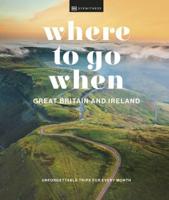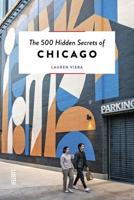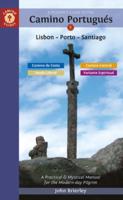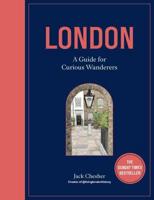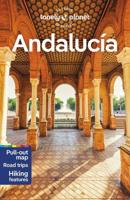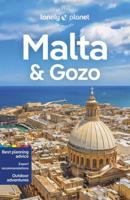Publisher's Synopsis
Strasbourg, France. Travel Guide and Tourism. Strasbourg is the perfect overture to all that is idiosyncratic about Alsace walking a fine tightrope between France and Germany and between a medieval past and a progressive future, it pulls off its act in inimitable Alsatian style. Tear your gaze away from that mesmerising Gothic cathedral for just a minute and you'll be roaming the old town's twisting alleys lined with crooked half-timbered houses à la Grimm; feasting in the cosiest of winstubs (Alsatian taverns) by the canals in Petite France; and marvelling at how a city that does Christmas markets and gingerbread so well can also be home to the glittering EU Quarter and France's second-largest student population. But that's Strasbourg for you: all the sweeter for its contradictions and cross-cultural quirks. In the year 840 AD, on the death of the Emperor Charlemagne's son Louis the Pious, the great Frankish "Holy Roman" Empire was split into three parts. West Francia in the west became the heartland of modern France. East Francia in the east became Germany; and between them lay Middle Francia an area today made up of small states, Luxembourg Belgium, the Nether-lands, and Switzerland. Between Luxembourg and Switzerland middle Francia included the duchies of Alsace, Lorraine and Burgundy, which are today part of France. But this was not always the case. Alsace, and with it Strasbourg, only became French in the 17th century. Alsace was French from 1648 to 1871, but during this time it remained Germanspeaking. From 1871 until 1919, and again from 1940 to 1944, Alsace was annexed by Germany


